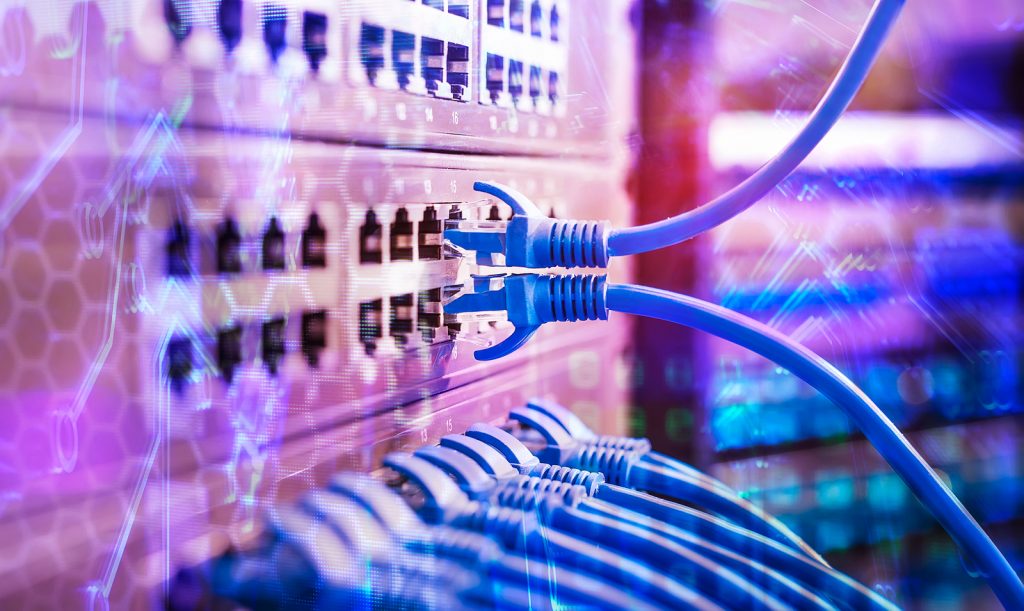It’s no secret lots of specialized, technical knowledge is required to run an IT department properly. While most employees probably know what a router is, few can explain the differences between a networking router and a networking switch, and an even smaller proportion know what a Layer 3 Juniper switch can do.
It’s essential to know the similarities and differences between L3 switches and routers the next time you’re searching for new networking hardware from Netcon Solutions for your business. We invite you to explore your options for used and refurbished equipment through our site’s catalog.
In the meantime, let’s discuss what differentiates an L3 Juniper switch’s functionality from that of a traditional router.
What Are Layer 3 Switches?
Sold by any major networking manufacturer, Layer 3 switches are intended to improve the performance of traditional routers in corporate local area networks, or LANs. They perform this task through a specialized hardware module unique to the L3 switch not found in routers.
In other words, Layer 3 Juniper switches merge the traits of routers and switches by offloading some of the router’s work onto its hardware components to improve performance in some situations.
Differences Between Routers and L3 Switches
It sounds like both pieces of networking hardware perform similar tasks, just through different means. However, there are more reasons your business might prefer one over the other.
• L3 switches are cheaper than traditional routers.
• L3 switches often leave out the WAN ports and wide area network support found on routers since these switches are designed specifically for local networks.
• Port forwarding on L3 switches is done through ASIC on hardware modules, whereas routers do the task through software.
• Certain switches don’t have support for certain features such as Quality of Service (optimizing network traffic for specific tasks) and network address translation (remapping IP addresses in the network).
Differences Among L3 Switches
Even your choice of L3 Juniper switches can have an impact on their usability. Every switch chooses which features to support, and you may find that you can save money by avoiding those your business doesn’t require.
Two examples of optional functionalities include routing between VLANs (and specifically how traffic is treated across them) and NetFlow, a proprietary Cisco technology where IP network traffic is collected as it enters and leaves a network.
Juniper Switches | Netcon Solutions | Toronto, GTA
Your business network is integral to your company’s success. Strong reliability means better responsiveness to your customers and more robust productivity from your employees.
After putting some research and thought into how you will configure your future networking upgrades, why not consider saving money by getting your hardware used from Netcon Solutions?
Don’t think that used necessarily means lower quality. We stand by our sales despite incredibly competitive pricing thanks to full-year warranties and customer support. There’s a reason why thousands of Enterprise and SMB clients trust our services around the world.
Whether you want Juniper switches or IBM server racks, Netcon Solutions caters to all your needs with the industry’s best brands. Business-grade hardware can be challenging to find on Amazon, so let our storefront with secure payment methods serve your business. Stop overpaying for networking today by contacting us soon.
• L3 switches and routers fulfill similar roles, but their functionalities are subtly different, and they do their jobs in various ways as well.
• L3 Juniper switches improve performance by offloading specific tasks to hardware that otherwise would be done by software on traditional routers.
• Buy your next set of refurbished networking equipment from Netcon Solutions for business-grade reliability at an impressively low cost.

